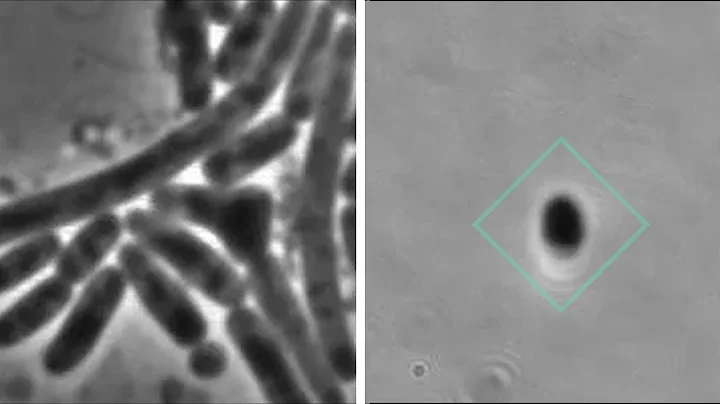We use antibiotics to treat bacterial infections
Properly chosen ones have a high probability of curing the disease
However, like any medicine, antibiotics have their own side effects
One of them is a disturbance of the natural intestinal flora , most commonly manifested as diarrhea

Antibiotics
Antibiotics are drugs with a very diverse chemical structure designed to kill or prevent the growth of bacteria.
Although there are many types of antibiotics, they are tasked with targeting the specific type of bacteria that causes the infection. They do more than just kill the right kinds of bacteria.
Broad-spectrum antibiotics are used for infections of unknown origin to maximize the effectiveness of treatment.
As a result, these "good" bacteria that live in our bodies are also destroyed.
The most common side effects of antibiotics
Interference with bacterial flora can lead to many adverse side effects. On the gastrointestinal side, diarrhea is most common, but may also include abdominal pain, nausea, and vomiting.
In more severe cases, pseudomembranous colitis may even occur.
Probiotics
Probiotics are live cultures of bacteria or yeast whose task is to maintain the normal physiological flora in the gastrointestinal tract.
The benefits of taking probiotics are in the context of reducing the side effects of antibiotic treatment and, above all, the ability to multiply in the gastrointestinal tract and inhibit the growth of harmful microorganisms.
The mechanism of action of probiotics is based on accelerating intestinal transit and producing substances that create unfavorable conditions for the development of pathogens.
When choosing, we may encounter prebiotic . It is simply a nutrient for our natural microbiome. This allows bacteria to multiply faster in the intestines.
Which probiotic should I choose?
Pharmacy shelves are filled with a variety of probiotics.
The most important thing to note is the type of bacterial strain and the number of CFU (colony forming units). Only live bacteria can have an impact on our bodies.
Probiotics should be taken during antibiotic use and after treatment has ended. The duration of probiotic use depends on how long we use antibiotics.
Standard treatment lasts up to a week, and probiotics should be taken for at least an additional week.
It’s worth noting that much of our microbiome only regenerates within 2 months of treatment ending.
We take probiotics containing live bacteria 2 hours before and after taking antibiotics. By maintaining time intervals, "good" bacteria are not inactivated by antibiotics.
This is also why when taking probiotics with antibiotics, why probiotics need to be taken 2 hours after the antibiotics!
Using probiotics with antibiotics can protect us from the adverse effects of the treatment, such as diarrhea or abdominal pain.





















